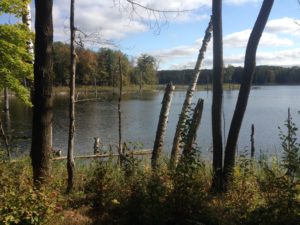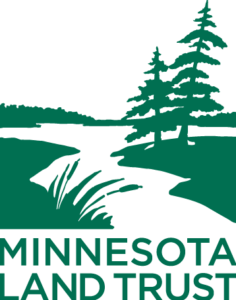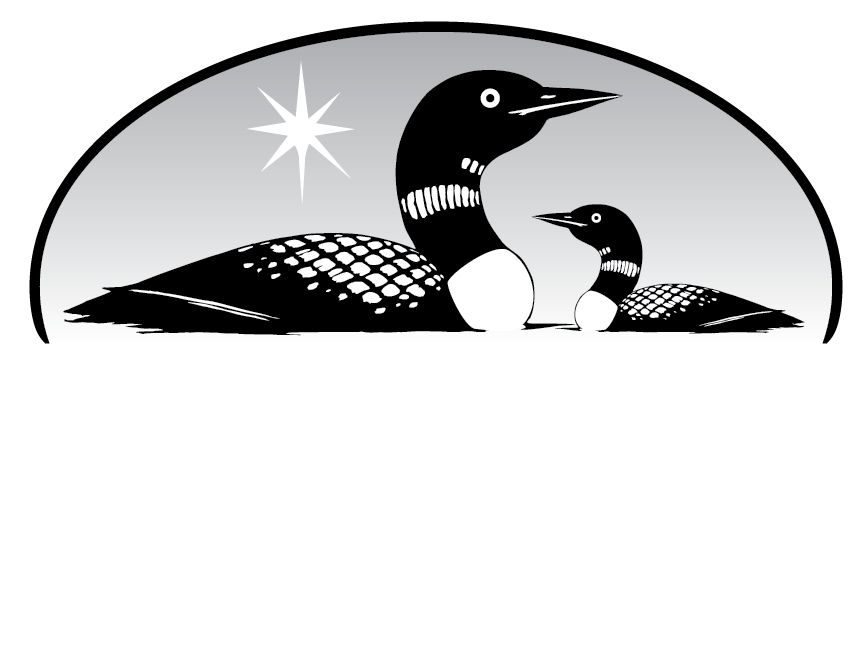Population growth on the I-94 corridor between Fargo and the Twin Cities metro area has accelerated in recent decades, putting development pressure on the forests, wetlands, farmland, and lakes around it. In Otter Tail County, that’s meant the waterways we all rely on to drink, fish, and swim have faced growing impacts. Fortunately, a local Otter Tail County resident has taken an important step to protect their land from development forever and preserve the region’s wildlife habitat with a conservation easement through the Minnesota Land Trust.
Jean Schilling’s family first moved to Minnesota in 1848, and 50 years ago her parents acquired land in Otter Tail County around Cooks Lake. “The intent is to keep it as a woodland habitat for wildlife and pass it on to my daughter,” says Jean about her land. “No other plans. Just to sit in the woods and enjoy it.”

Not only is this individual property important for migratory waterfowl and other wildlife, this land connects to other Land Trust protected properties, which collectively makes up a large protected complex of nearly 800 acres overall. “This land is a piece of a bigger puzzle, helping to create a large, uninterrupted stretch of natural habitat that’s important to Minnesota,” says Wayne Ostlie, director of land protection at the Minnesota Land Trust.
The Schilling’s family land plays a role in keeping the water clean that communities along the Otter Tail River rely on. “When you look at it from a watershed perspective, the unique land owners surrounding Cooks Lake have now protected 65% of the lake’s shoreline from future development,” says Ostlie. “That’s a huge benefit to the Otter Tail River watershed, and all the people downstream who rely on this water.”
By protecting land with a conservation easement, the property is still owned by the individual property owner, but future development is limited. “As more and more landowners realize the benefits of protecting their land with a conservation easement, we’re making sure the waters and lands we all rely on will be here for future generations,” says Ostlie. “By using a conservation easement, we’re also ensuring the land will stay in private hands, and that landowners will continue to pay taxes, recreate on the land, and be able to pass it on to their family in the future to enjoy as they have.”
“Protecting the water quality and wildlife habitat of our state depends on the generous spirit of Minnesotans like Jean,” says Kris Larson, executive director of the Minnesota Land Trust. “By taking this important step to preserve her land forever, she is helping to protect Minnesota’s legacy of clean water and abundant wildlife.”

 This permanent conservation easement was made possible by the members of the Minnesota Land Trust, with funding from the Outdoor Heritage Fund, as appropriated by the Minnesota State Legislature and recommended by the Lessard-Sams Outdoor Heritage Council (LSOHC). Thank you also to Jean Schilling for protecting this unique property forever.
This permanent conservation easement was made possible by the members of the Minnesota Land Trust, with funding from the Outdoor Heritage Fund, as appropriated by the Minnesota State Legislature and recommended by the Lessard-Sams Outdoor Heritage Council (LSOHC). Thank you also to Jean Schilling for protecting this unique property forever.



